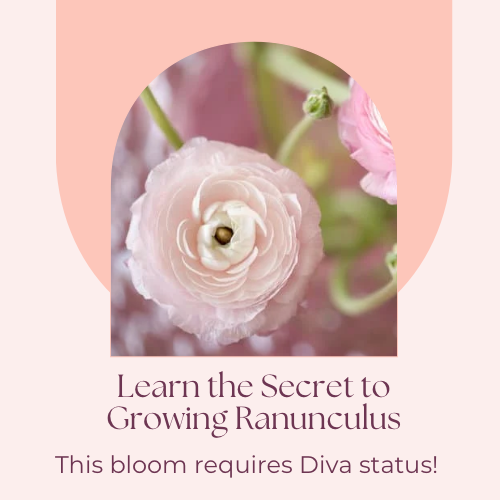
Ranunculus are easy to grow in East Texas if you know what this spring diva of the flower world requires. This flower likes her toes cool and her top gently warmed by our sunny winter days in East Texas.
- Order early summer for best selection
- Stagger planting every 2 weeks to keep the blooms coming
- Plant in late fall when weather is cooler
- Avoid planting ranunculus in the spring in East Texas
- Use netting to support the blooms
Read on for more details like how to fertilize your ranunculus and when to harvest the gorgeous blooms!
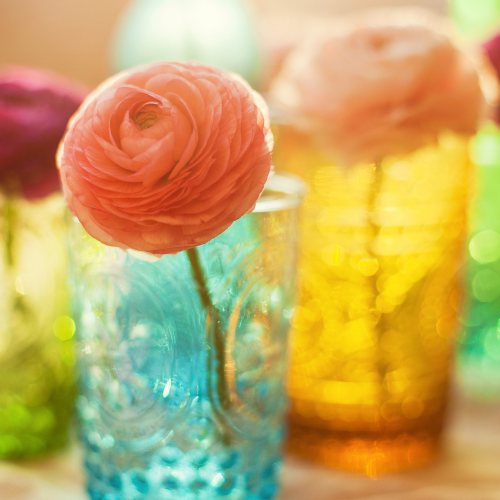
Order your ranunculus in April or May. Waiting until September or October to order will leave you with limited options. For home gardeners there are several online sources and many are found on Amazon! Did you know Eden Brothers sells on Amazon?
When to plant ranunculus in East Texas
One thing to remember, ranunculus likes cool weather. Our spring temps can warm up fast even in March. If you wait until spring in East Texas to plant, your corms will burst into flower with little to no stem.
Plant ranunculus the third week of November for Valentine blooms in East Texas. Succession planting every two weeks through the first week of January will provide blooms into early May. Typically our daffodils bloom in mid to late February. We plan to have our last flush of ranunculus coincide with the daffodils for Valentines’ Day.
Growing ranunculus in East Texas
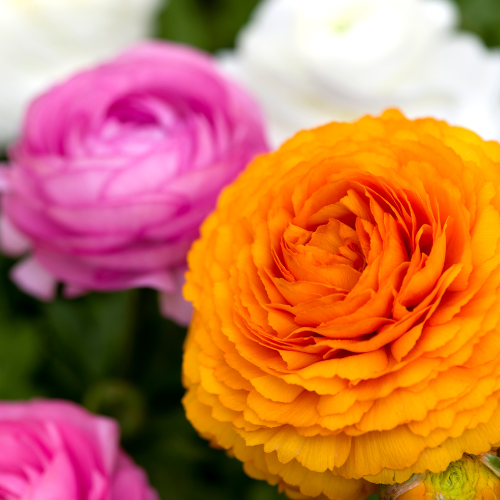
Protect from hard freezes. Yes, they enjoy cool weather but will not survive a hard freeze below 32 F. We use a hoop tunnel and frost cloth to protect our young plants. Because our ground does not freeze a light layer of frost cloth is all the protection they need. Warm sunny days that reach 50 or above means we remove the frost cloth. It can be a hassle to remove and replace the cloth. Sometimes it seems all we do is fret over the ranunculus, ‘to cover or not to cover??’ that is the question. We use 50 degrees F and 40% or higher chance of rain to determine if we cover or not.
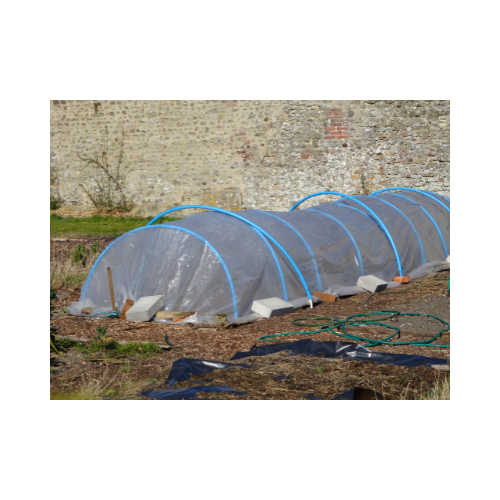
Netting or support wire is necessary to prevent them from falling over as they begin to set buds. The bud can be heavy and will need support especially if a windy day occurs. Hard rain and wind can beat the young plants down. Install your support system before the plant requires it. We use netting clipped to the same hoops we use to support the frost cloth.
Fertilize ranunculus with fish emulsion or sea kelp organic fertilizer follow directions on the product label. We feed with fish emulsion mixed in water at the base of each plant once a week. Once they begin to form buds we use sea kelp foliar spray to encourage more buds to form. We stop foliar spraying once the buds begin to crack.
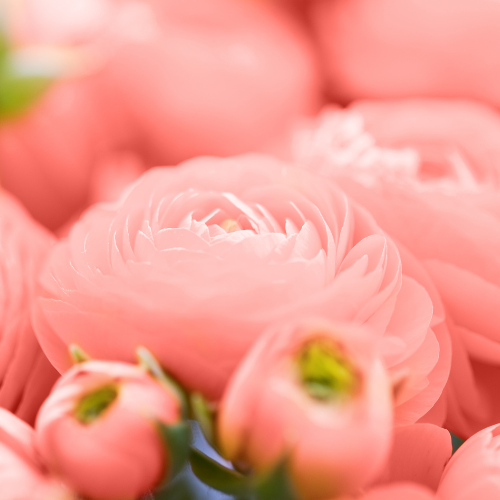
When to cut ranunculus?
Harvest your ranunculus blooms just as the bud swells and color begins to show. This will provide the longest vase life, up to 2 weeks! Change your vase water daily and use a floral preservative like Chrysal. Floral preservative helps prevent bacteria growth in the vase and provides the sugar/carbs your cut flowers require once they’ve been separated from the plant. Avoid placing your cut flower arrangement in direct sunlight as this will shorten the vase life of cut flowers in general.
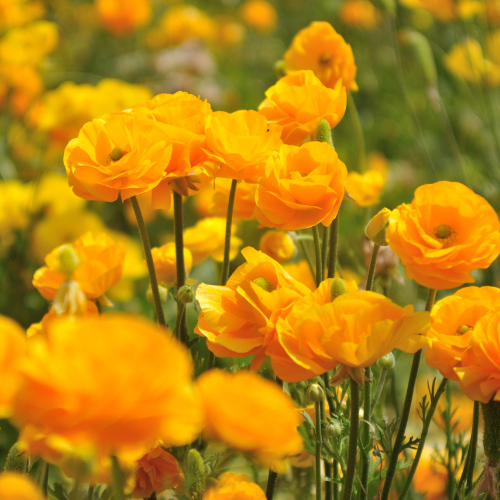
I love to use ranunculus as 'sprouty fairies' in arrangements. Interested in hosting a flower workshop for your club or event? Let us customize a flower themed workshop or the bouquet bar for your special celebration.
I hope the information here encourages you to grow ranunculus in your garden. It’s a lovely harbinger of spring and so easy to grow in East Texas. Be sure to share your ranunculus photos on social media and tag #EastTexasFlowerFarm so we can celebrate your garden success with you!
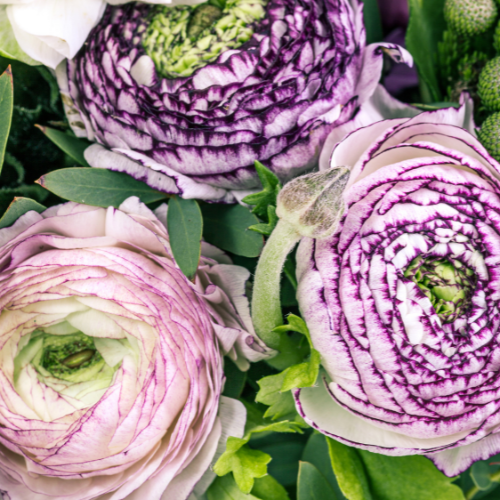
We dream in flowers ~

